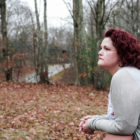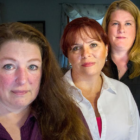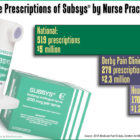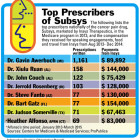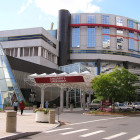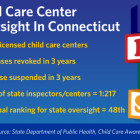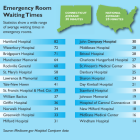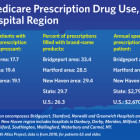I-Team In-Depth
Nurses’ Drug Abuse Top Cause Of Disciplining, But Once Sober, Some Nurses Get Relicensed
|
Out of work and addicted to the anti-anxiety medication Klonopin, Heather Delaney, a licensed practical nurse from Stratford, checked herself into Bridgeport Hospital in 2011 when she could no longer handle withdrawal without medical help. After a brief hospitalization following a suicide attempt the previous fall, Delaney spent two horrific months on her own in the throes of withdrawal. The corners of her eyes felt “chapped,” and “it felt like somebody had wrapped me up in a scratchy blanket of needles,” said Delaney, who had given up her nursing license after being caught altering her Klonopin prescription. Sara Kaiser, an LPN living in Manchester, stole morphine from the nursing homes where she worked and was addicted to heroin from age 18 to 24. She spent time homeless and in prison, ultimately going through 14 rehab programs before getting sober in 2010.
